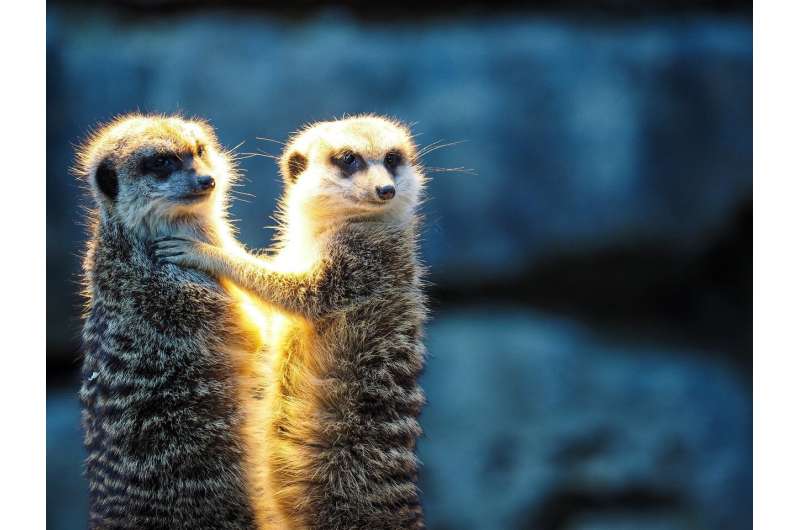Examining the zoonotic disease risk to non-traditional pet owners

Contact with non-traditional pets increases the risk of exposure to zoonotic pathogens, which are pathogens that spread between animals and people. The National Association of State Public Health Veterinarians, together with the Centers for Disease Control and Prevention, examine the threat to pet owners and provide recommendations for prevention in an article published in Vector-Borne and Zoonotic Diseases.
"Guidance on preventing zoonotic diseases, caused by pathogens that spread between animals and people is urgently needed," state Kate Varela, DVM, MPH, from the Centers for Disease Control and Prevention, writing on behalf of the National Association of State Public Health Veterinarians in collaboration with and reviewed by the Centers for Disease Control and Prevention.
The data show that three major group of animals have been associated with outbreaks of zoonotic diseases in people in the U.S.: rodents, backyard poultry, and reptiles. This compendium presents information on these and other non-traditional pet animal species associated with a high risk of zoonotic disease transmission. Other animal species covered in the compendium include non-rodent mammals, such as hedgehogs and ferrets, amphibians, and other aquatic species.
Pets can appear healthy while carrying zoonotic pathogens, putting pet owners and others at risk. In fact, most of the pathogens described in the compendium do not cause illness in the animal host. Zoonotic pathogens can be transmitted by direct or indirect animal contact.
The compendium lists common risk factors that lead to illness associated with non-traditional pet species. It provides a summary of identified outbreaks, case reports, and types of pathogens in the U.S from 1996 through 2017. The compendium provides a comprehensive review of zoonotic pathogens among non-traditional pets. It provides recommendations for preventing transmission of zoonotic pathogens.
"This dedicated issue of Vector-Borne and Zoonotic Diseases, published at a time of heightened public awareness of monkeypox, provides information on zoonotic pathogens associated with many species of non-traditional pets, and is a global resource for the pet industry, pet owners, veterinarians, physicians, researchers and many others," says Stephen Higgs, Editor-in-Chief of Vector-Borne and Zoonotic Diseases.
More information: Kate Varela et al, A Review of Zoonotic Disease Threats to Pet Owners: A Compendium of Measures to Prevent Zoonotic Diseases Associated with Non-Traditional Pets: Rodents and Other Small Mammals, Reptiles, Amphibians, Backyard Poultry, and Other Selected Animals, Vector-Borne and Zoonotic Diseases (2022). DOI: 10.1089/vbz.2022.0022
Provided by Mary Ann Liebert, Inc





















